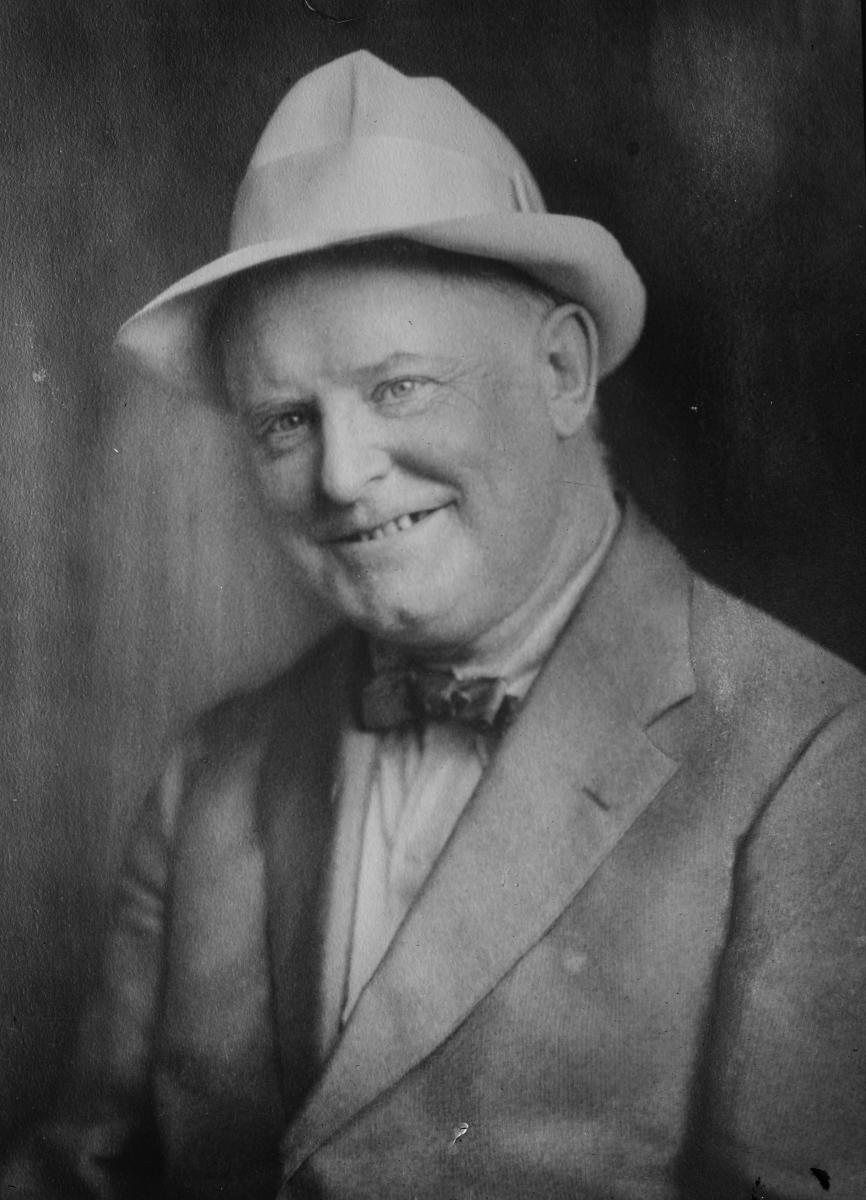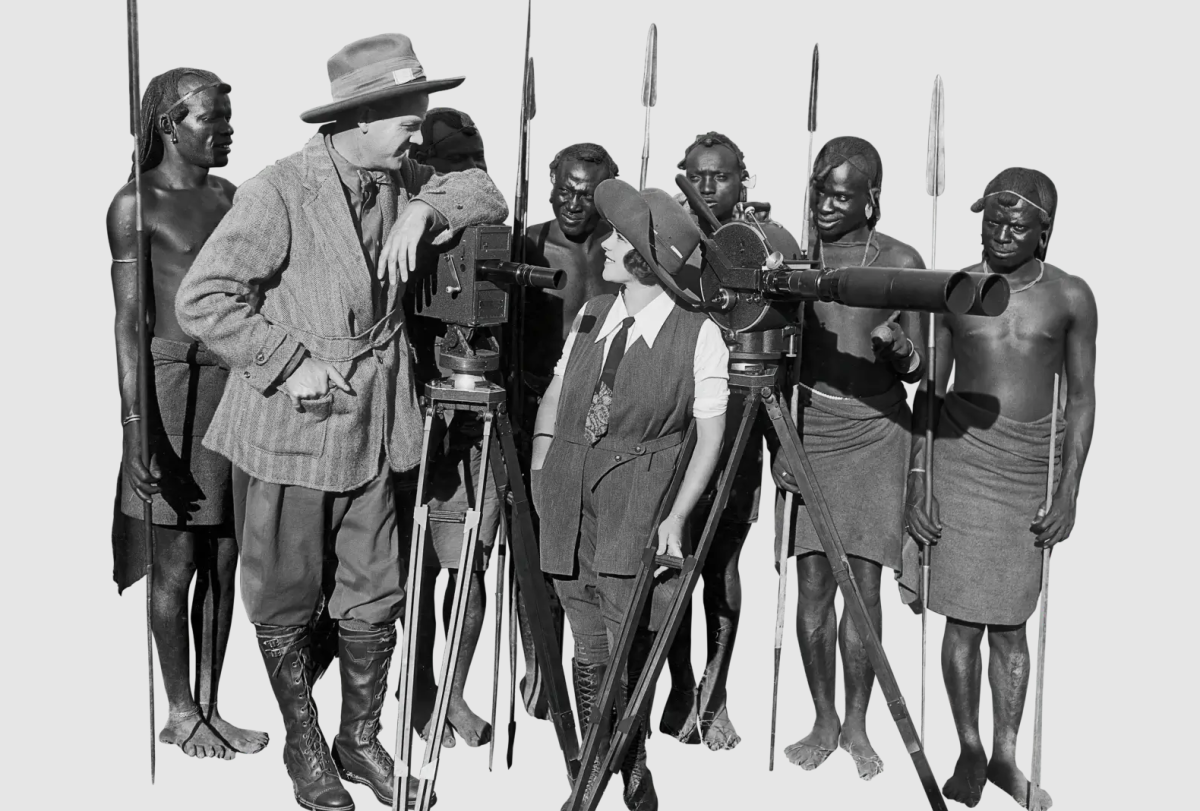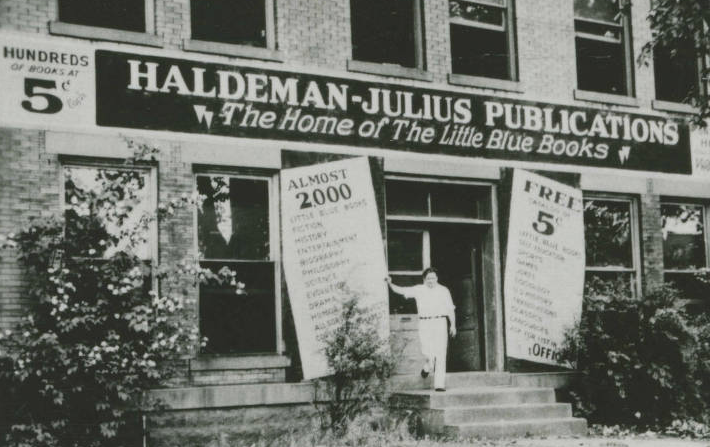Names you know. Names you should know. They saved and told the stories of Kansas, America, and the world.
Laura Ingalls Wilder
Back to Top of ListMemories from traveling across American pioneer country by covered wagon and growing up on a farm near Independence in 1869-70 inspired Laura Ingalls Wilder to write her original novel. The Little House on the Prairie Museum brings history alive for new generations. A Prairie Days Festival is held each summer.

“The real things haven’t changed. It is still best to be honest and truthful; to make the most of what we have; to be happy with simple pleasures; and have courage when things go wrong.” – Laura Ingalls Wilder
Little House on the Prairie Museum
Replica of Ingall's 1870 cabin at the original site. Discover the pioneer way of life of the Ingalls family at this reconstructed log cabin made famous in the series of children's books written by Laura Ingalls Wilder…
William Allen White
Back to Top of ListFrom the 1890s until his death in 1944, the articulate, humorous, and uncommon sense approach to life editorials by this small community newspaper publisher was reprinted throughout the U.S. so often he was considered a spokesman for middle America. A Pulitzer Prize-winning journalist, his family hosted five presidents at their Emporia home, Red Rocks, now a museum and state historic site. His is also one of only four statues of famous Kansans in Topeka’s state capitol.

“When anything is going to happen in this country, it happens first in Kansas.” – William Allen White
Red Rocks State Historic Site
William Allen White rented this house from 1899 until he purchased it in 1901. It was his home for 45 years. The two-and-a-half story house features rough-hewn red sandstone ashlars on the first floor exterior walls…
Julius Wayland
Back to Top of ListThe battle over worker rights and safety during the coal-deep shaft mining era of Southeast Kansas led publisher Julius Wayland to relocate his socialist newspaper, the Appeal to Reason, from Kansas City to the small city of Girard in the region. Writers included Mary “Mother” Jones, Helen Keller, Jack London, and Upton Sinclair. Sinclair’s “The Jungle” was originally published in the Appeal to Reason in serial form in 1905. With half a million subscribers in 1910, this was the largest circulation socialist newspaper in American history.

Girard History Museum
Three buildings on site, including St. John's Episcopal Church, built in 1888, the Church has it's original stained glass windows and is on the National Registry of Historic Places.
Martin & Osa Johnson
Back to Top of ListThe original travel bloggers & vlogger, from 1906 to 1953 Martin & Osa Johnson captured the public’s imagination with their films and books of adventure to Africa, the South Pacific Islands, and Borneo. Their footage and photographs were many Americans' first glimpses of these distant lands. Relive their adventure at the Martin & Osa Johnson Safari Museum, which is located in Osa’s hometown.

“Unexpected difficulties, I think, are at once the challenge and the charm of the lives of all explorers.” - Osa Johnson
Martin and Osa Johnson Safari Museum
In the first half of the last century an American couple from Kansas named Martin and Osa Johnson captured the public's imagination through their films and books of adventure in exotic, far-away lands. They were…
Gordon Parks
Back to Top of ListGordon Parks was many things. A world-renowned photojournalist for Life Magazine. A fashion photographer for Vogue magazine. The first African-American to direct a major Hollywood production. Author. Composer. Painter. Poet.
The Gordon Parks Museum celebrates the life of this National Medal of Arts and NAACP Image Award winner; and, honors his semi-autobiographical novel and subsequent film, The Learning Tree, about growing up as a teenager in Fort Scott in the 1920’s. Each fall, Fort Scott also hosts an annual Gordon Parks Celebration.

“I saw that the camera could be a weapon against poverty, against racism, against all sorts of social wrongs. I knew at that point I had to have a camera.” – Gordon Parks
Gordon Parks Museum
The Gordon Parks Museum highlights the life and work of Kansas-born photographer Gordon Parks. Exhibits, personal artifacts, and iconic photographs tell the story of his life from his humble beginning in Fort Scott to…
Marcet and Emanual Haldeman-Julius
Back to Top of ListThe Little Blue Books were the Wikipedia of its era. Small enough to fit in a pocket and printed cheaply, these brought classic literature to the working class, started the “how to” genre, and brought a wide range of ideas to the public. More than 300 million booklets were sold worldwide between 1919 and 1978. A willingness to publish a wide range of topics, including controversial subjects, eventually landed its publisher on J. Edgar Hoover’s FBI enemies list.
Publisher Emanual Haldeman-Julius and his wife, Marcet, were dubbed “the Henry Ford of literature” for pioneering strategies and techniques never before used. Little Blue Books were distributed via advertising, mail order, in drugstores, toy stores, and even via a line of vending machines. They tried anything they thought would sell a book. What writers now call A/B headline testing, Little Blue Books also pioneered: If a book sold less than 10,000 copies within a year, they would change the name, often creating a hit.
The Girard History Museum has multiple exhibits on the Haldeman-Julius family and their endeavor to bring knowledge and ideas to the masses.

Girard History Museum
Three buildings on site, including St. John's Episcopal Church, built in 1888, the Church has it's original stained glass windows and is on the National Registry of Historic Places. A community of people trying to…
Irena Sendler
Back to Top of ListCourageous story from the Holocaust saved by Kansas high school students
It’s a story that inspired the creation of an entirely different kind of museum - The Lowell Milken Center for Unsung Heroes – as well as a play, a book, and a movie, all towards the effort to “repair the world”.
In 1999 a Southeast Kansas high school teacher saw an article mention a woman who saved 2,500 children in the Holocaust. Unable to find her story, he told his students it might be a typo. The students decided to find out more.
As the students pieced together the remarkable story of this Polish woman, they knew they had found a story that must be told. They wrote a play, Life in a Jar, and began performing it across the state of Kansas, and all over the U.S.
They searched for her grave only to discover that Irena Sendler was still alive.
Her story was not known in the United States, across the world, or even within her own country. It took a group of teenagers a world away to introduce them to a woman who spent her life standing up for others. Prior to her death, Sendler was nominated for the Nobel Peace Prize and now many schools across Europe are named after her, including more than 30 schools in Poland, and at least three in Germany.
Sendler’s story and the story of the Uniontown High School students who introduced her to the world is a permanent exhibit at the Museum for Unsung Heroes.

“If you see someone drowning, you must jump in to save them, whether you can swim or not.” - Irena Sendler
Lowell Milken Center for Unsung Heroes
Come take a FREE tour of our exciting exhibits and learn about Unsung Heroes who have made a profound impact on the course of history, located in downtown Fort Scott! The Lowell Milken Center for Unsung Heroes has many…
Southeast
In the Southeast region there are enough trees and hills to stifle the stereotypical Kansas landscape. Leave your ‘footprint’ in…
Famous Kansans
Here are a few big thinkers from Kansas who have helped shape the course of history.













